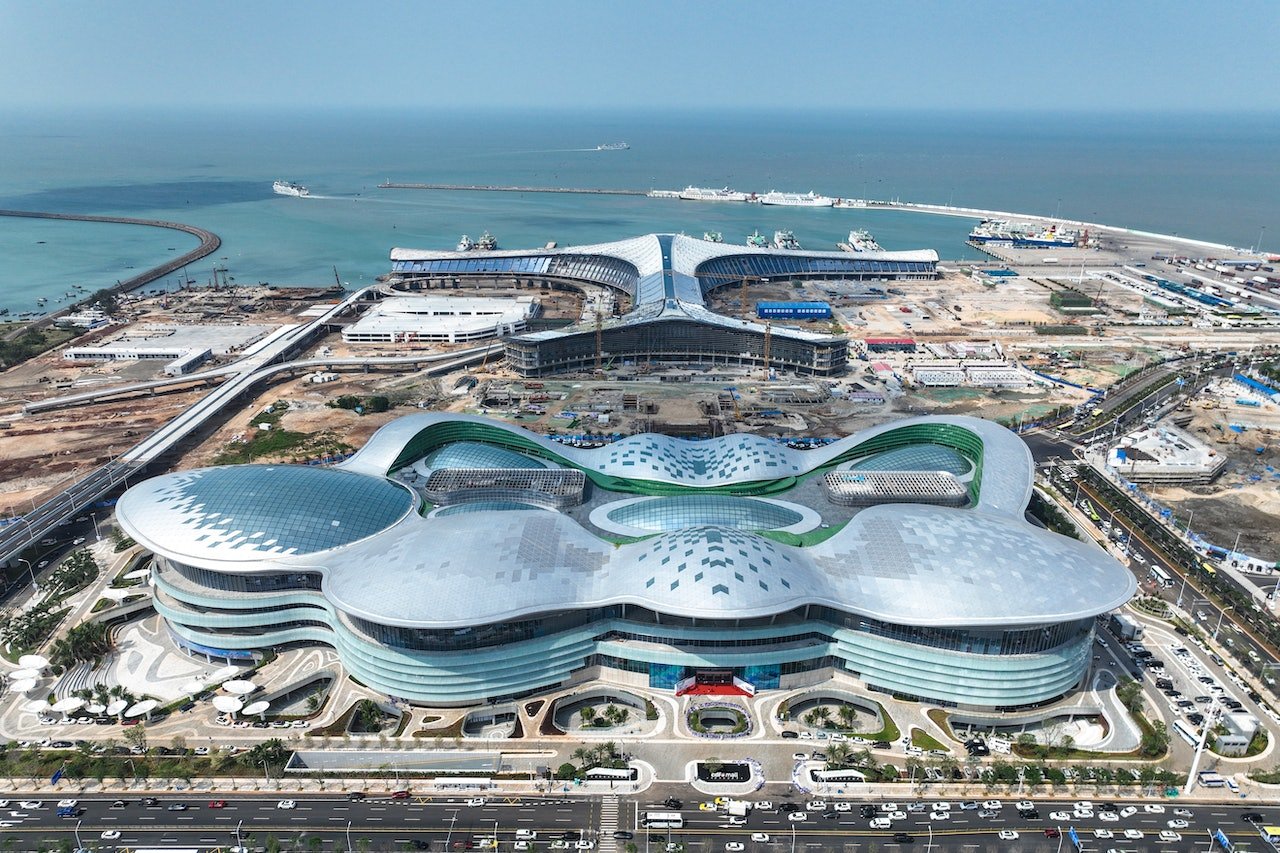Insights into China's luxury market growth in 2024
Louis Vuitton’s Shanghai dragon installation at Looknow.
The global luxury market demonstrated remarkable resilience in 2023 despite challenging economic conditions, achieving a robust 8% to 10% growth over the previous year, reaching a historic €1.5 trillion. This growth, revealed in the annual Luxury Study by Bain & Company and Fondazione Altagamma, signifies a record for the industry and highlights its unparalleled ability to navigate uncertainties. Following an overall rebound last year, China’s luxury market is expected to grow at mid-single-digit in 2024, according to the report. It saw a 12% year-on-year increase in 2023, recovering from the previous year’s decline due to the pandemic.
The year started strong but progressively slowed as macroeconomic concerns arose. The economic stimulus from the third quarter is likely to encourage growth of local consumption as well as investments in new Tier 1 megacities. Hainan is poised to become a bright luxury hub, as China plans to make it an entirely duty-free island (with an ad-hoc tax system) by 2025.
Bain highlighted two trends that have shaped China’s luxury market in 2023 and will continue to do so in the future.
Trend 1: Return of luxury shopping overseas
Over 90% of luxury shopping happened domestically during the pandemic years as borders closed. As Chinese overseas tourism has resumed, Bain expects domestic luxury spending to decrease to 70% in 2023. Notably, the recovery of Chinese tourists' luxury spending in Europe and Asia has been significant. 2023 Chinese luxury spending in Europe and Asia made up around 40% and 65% of their 2019 spending levels in those markets, respectively.
The pricing gaps between luxury goods in mainland China and other markets have played a critical role in the resurgence of overseas shopping. A sample check of leading products in mainland China, Europe, and Asian markets has revealed significant price gaps across categories such as fashion and leather products, making luxury shopping abroad more attractive.
Trend 2: Evolution of Daigou
Chanel Bond Street London
South Korea's duty-free market has historically been a significant source for Daigou, particularly in the luxury beauty sector. However, Korean duty-free sales to international travelers are estimated to experience a 30% decline to approximately 60–65 billion RMB. This is due to restrictions in Daigou commission fees to travel agencies, and brands limiting the supply of popular beauty products in the Chinese market.
Despite higher restrictions on Daigou activities in the Beauty sector, new and more professional Daigou models are emerging, particularly in the Fashion and Leather Goods sector. By embracing a more platformed approach, Daigou operators provide consumers with an aggregated and authenticated avenue for shopping and accessing overseas goods from wholesalers at lower prices. The Daigou market is unlikely to cool off, and its future trends will depend on brands' global control over their wholesale market overseas.
Bain also forecasts four vectors of transformation that are likely to reshape the luxury goods market by 2030:
Chinese consumers should regain their pre–Covid-19 status as the dominant nationality for luxury goods, growing to represent 35% to 40% of global purchases.
Younger generations (Generations Y, Z, and Alpha) will become the biggest buyers of luxury by far, representing nearly 85% of global purchases.
Monobrand stores and online should become the leading channels for luxury purchases, representing an estimated 60% to 66% market share.
Luxury cars, luxury hospitality, and personal luxury goods lead the market, accounting for over 80% of the total expenditure. Total spending in 2023 witnessed consistent growth compared to the previous year, resulting in an additional nearly €160 billion spent across all luxury segments. Notably, spending on experiences rebounded to historic highs, fueled by increased social interactions and travel.
Looking ahead to 2030, solid fundamentals are expected to drive market growth, necessitating a focus on creativity, innovation, sustainability, and technology to enhance brand relevance and address industry challenges.






